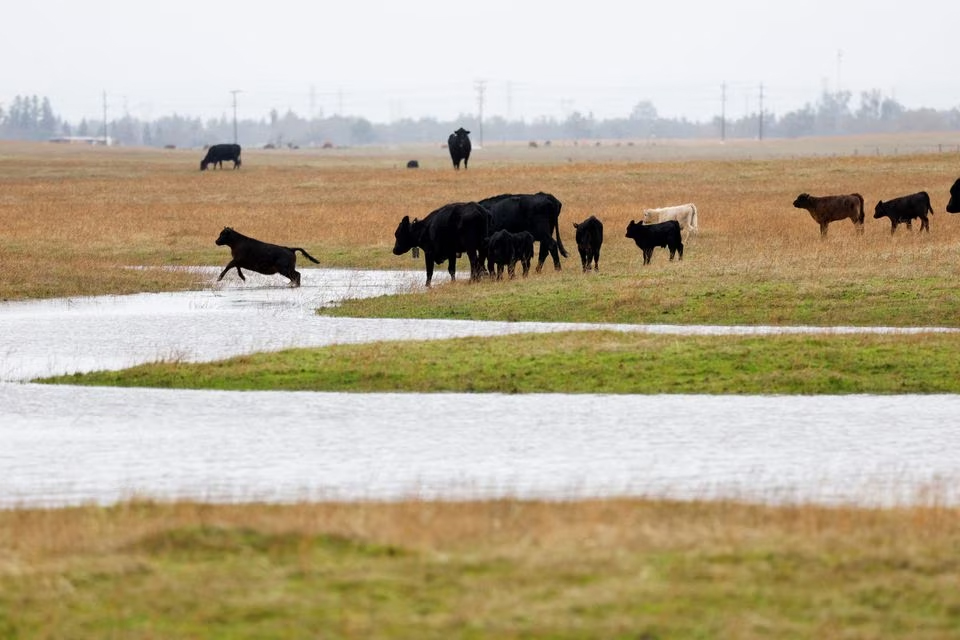US beef cow herd falls to 52-year low, squeezing meatpackers

U.S. farmers are raising the fewest beef cows since at least 1971, government data released on Friday showed as drought conditions whittled herds, likely boosting costs for meatpackers that slaughter the animals into steak and hamburgers
by Tom Polansek – Reuters
There were 29.4 million beef cows as of July 1, down 2.6% from a year earlier, the U.S. Department of Agriculture said in a biannual report. It was the smallest herd for that date since the government began keeping the records 52 years ago and reflected a fifth year of declining beef cow numbers.
Annual records of the herd size as of Jan. 1 go back farther, and the number of beef cows at the start of this year was the lowest since 1962 at 28.918 million head.
Ranchers have increasingly sent cows to slaughter as dry weather reduced the amount of pasture available for grazing.
“The next two to three years are going to be a bloodbath for packer margins”Tight supplies mean meat processors like Tyson Foods, Cargill and JBS SA’s U.S. unit will pay elevated prices for cattle until producers start the years-long process of rebuilding the herd, analysts said.
Longer-term plans for new slaughter plants to open in coming years indicate processors will also increasingly need to compete with each other to buy limited numbers of cattle.
“The next two to three years are going to be a bloodbath for packer margins,” said Rich Nelson, chief strategist for brokerage Allendale.
The USDA, in a separate report, said producers placed 1.68 million cattle in feedlots in June to fatten them for slaughter, up 3% from 2022. Analysts, on average, had expected placements to decline 1.6% from last year.
The increase signaled that there is still not enough pasture for cattle to graze on due to dry weather, so producers put the animals in feedlots instead, analysts said.
“The dynamic is not there yet where you’re going to see a real shortfall in the number of cattle going on feed,” said Altin Kalo, economist for Steiner Consulting.












